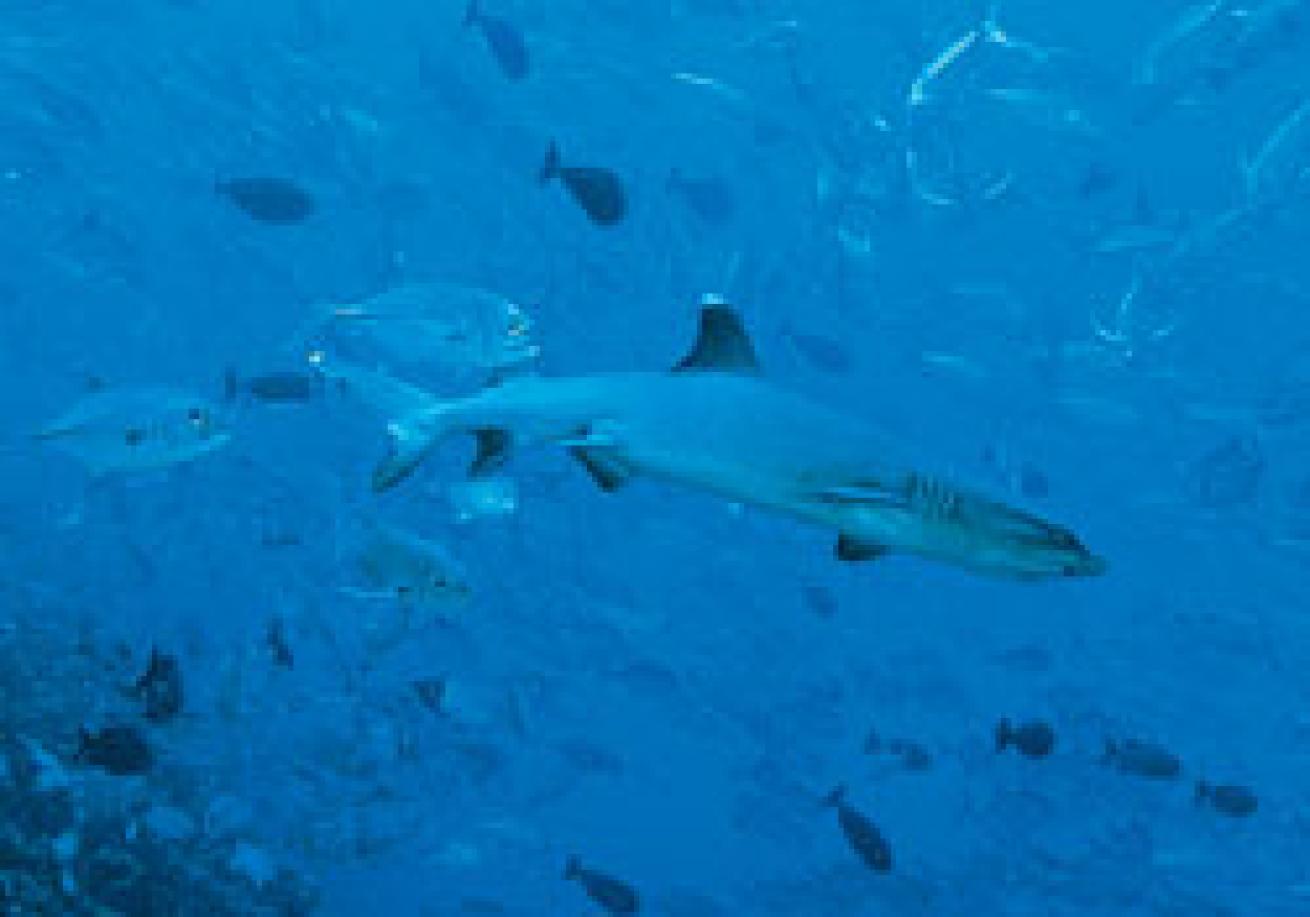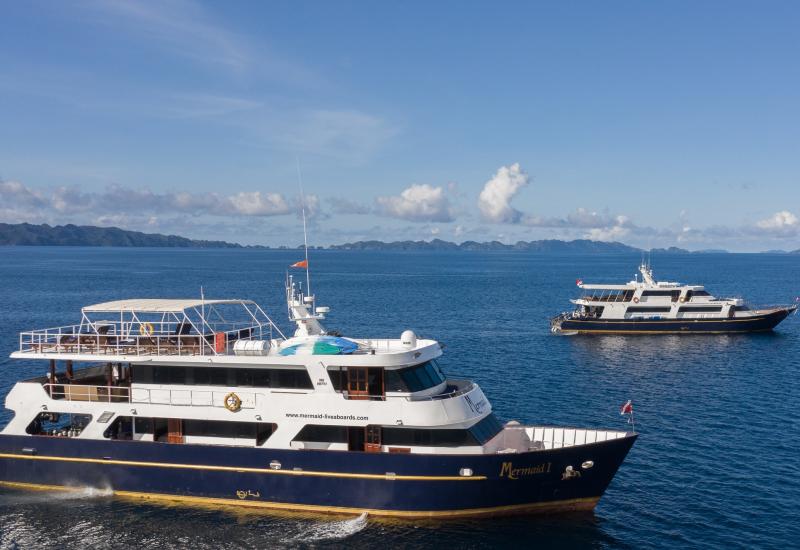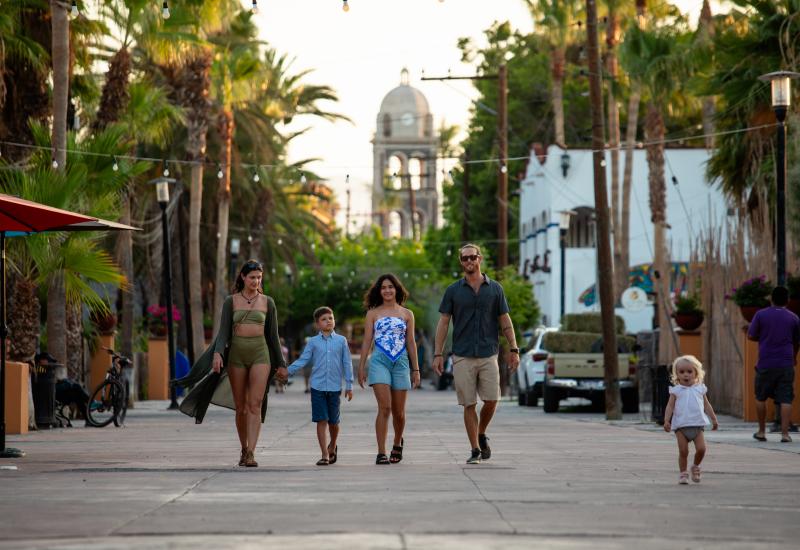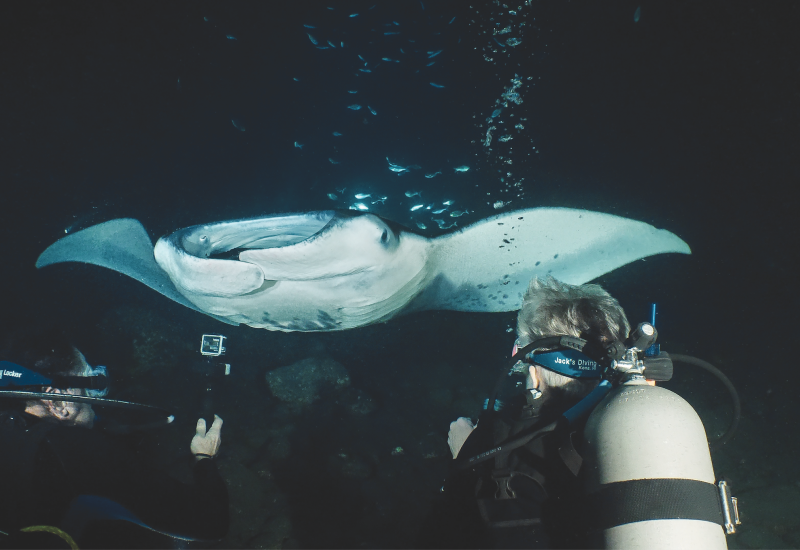The Other Micronesia
September 2006
By J.C. Gamble
Mention the Micronesian islands to avid divers and their eyes light up. Conversations inevitably turn to the Japanese fleet entombed beneath Truk Lagoon, adrenaline-charged moments on the walls of Palau or the looping manta rays in Yap's Mi'il Channel. But Pohnpei and Kosrae, a pair of lush atolls in the Micronesian chain halfway between Honolulu and Manila are another Micronesia entirely, where small eco-resorts are standard accommodations, the fringing reefs are pristine and tradition reigns over an enduring way of life.
At the eastern edge of the Caroline Islands, Kosrae and Pohnpei belong to the Federated States of Micronesia, a loose aggregate of more than 300 islands in the Micronesian chain. They are flecks of limestone and volcanic rock long caught in the sway of greater powers--Germany and Spain in the 19th century and the Japanese and U.S. in the 20th century--and are only now feeling the globalizing pull of the 21st century. But long before European explorers and Nantucket whalers found the islands to be convenient anchorages, the island kingdoms warred with one another. Ruins of the competing tribes--elaborate towers, funeral pits and cobbled paths, some of which are now underwater and diveable--are essential sites for travelers.
As the capital of FSM, Pohnpei, jungly and with the heaviest annual rainfall in Micronesia, is five times as populous as Kosrae. A night on the town in Pohnpei could easily include a sushi dinner at the PCR Hotel, a summer blockbuster (just a few weeks after its world premiere) at the Kolonia movie theater and a raucous night of dancing at the Rusty Anchor saloon. But on deeply religious Kosrae, nightlife might consist of a plated mangrove crab and a cocktail at one of the island's three restaurants--Kosrae Nautilus's restaurant, Inum at Kosrae Village Resort and the Island Cafe--and then a deep sleep, lulled by the hum of waves breaking on the outer reef like white noise.
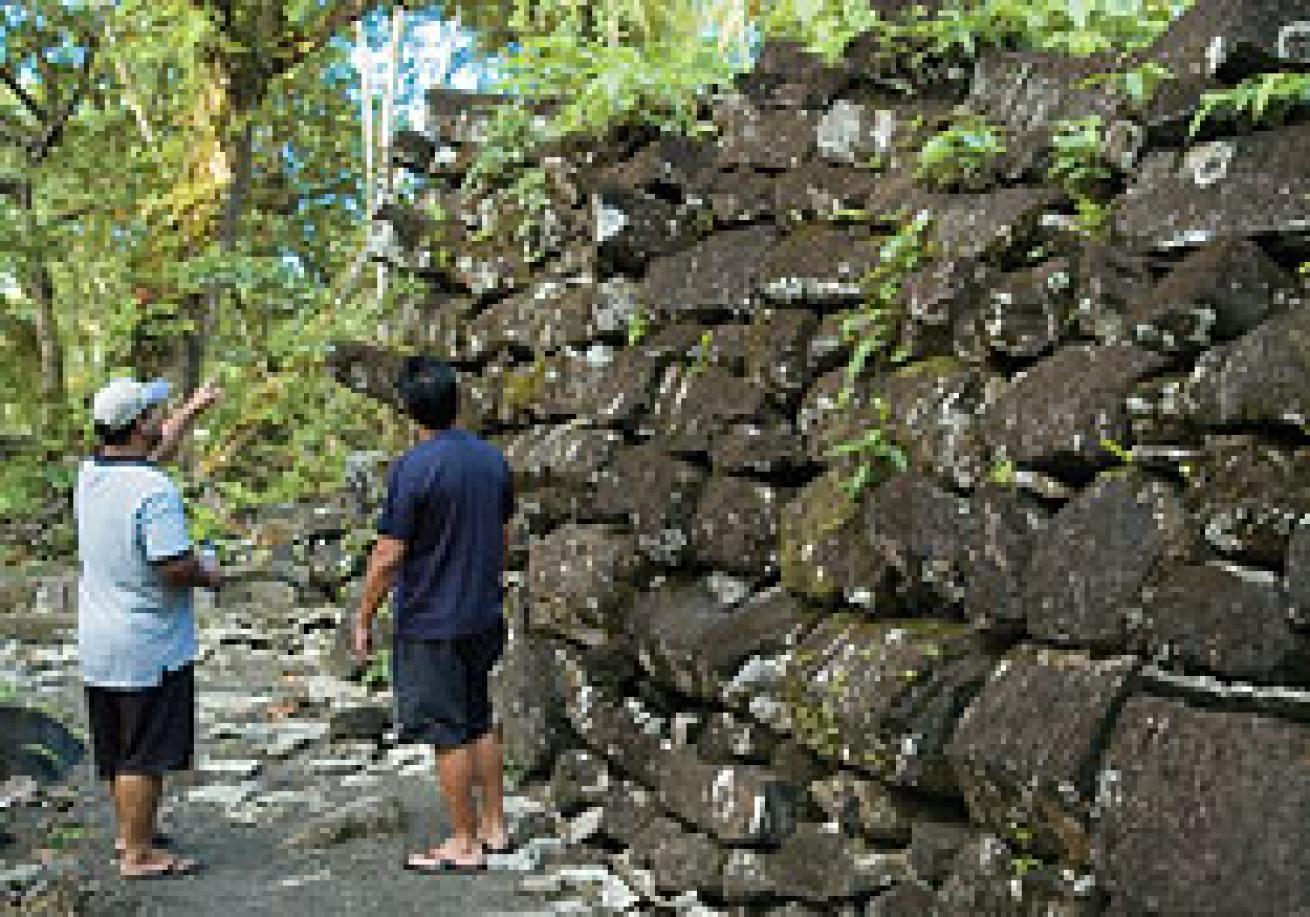
Explore a Laid-back Paradise: Kosrae
Kosrae map by Jane Shasky
Kosrae is often called the Sleeping Lady for her reclining feminine profile, but the nickname seems a misnomer when there is so much to do here, from kayaking and surfing to touring the ancient ruins of Lelu. But the island's many underwater attractions are indisputably the big draw. With 43 miles of pristine fringing reefs, sloping wall dives and the remains of the Bully Hayes pirate ship, Kosrae has a multitude of dive options.
Hard corals galore--boulder, staghorn and table--coat the rocky shallows, shelving gradually into a slope that peters from visibility around 200 feet. The drift diving on these outer reefs is like driving on cruise control, a steady pulse propelling divers like a knowing hand.
The tidal waters are calm and tame just north of Yenasr island, in the Blue Hole, a site once sacred to Kosraeans. The margarita-green waters swarm with darting juveniles--chromis, angelfish, wrasse and butterflyfish--sheltering themselves from the occasional adult predators trapped by receding tides. Somewhere in the chilly water below is the final resting place of Kosrae's former kings, whose remains, after being interred in the nearby ruined city of Lelu, were scattered in the Blue Hole.
The three sites of Walung, just off the village of the same name, lie clustered along Kosrae's western tip. These signature dive sites--Walung Coral Gardens, Drop-Off and Shelf--function as a trio that can often be combined on one dive when the current is moving. There is a thumb of rock at 90 feet off the Drop-Off, where, on cue, horse-eye jacks swim a rinse-cycle configuration. The steep, current-swept wall is rife with schooling barred barracudas, green sea turtles and Napoleon wrasse.
Off the northwest coast lies Shark Island, a pelagic magnet and arguably the best spot on all Kosrae for shark and eagle ray encounters. Divemasters refuse to guarantee shark action, but rarely do divers surface without a sighting of white-tips.
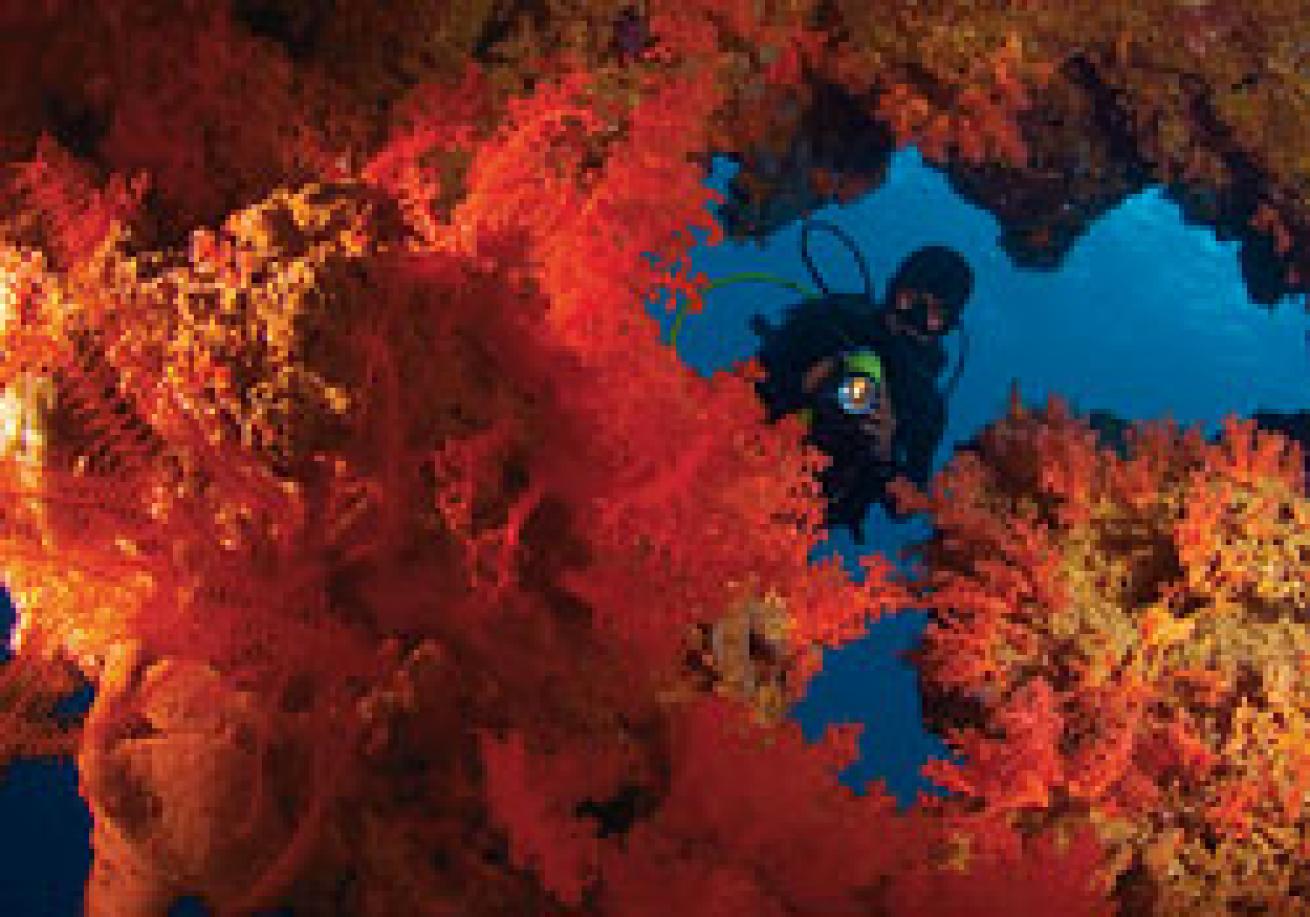
Dive a Stone City: Pohnpei
Pohnpei map by Jane Shasky
The largest island in the FSM, volcanic Pohnpei is shaped like a jagged, saw-toothed circle. Ringed by an outer barrier reef, the island features diving on all sides, inside the enclosed lagoon as well as outside the reef, where vis can top 150 feet, and on two small outlying atolls. The closer of these is Ant Atoll, a low-lying island chain some 30 miles from Pohnpei proper that offers superb diving on lush coral reefs just off perfect white-sand islets. Of all the island's varied sites, the top must-see is Nan Madol, Pohnpei's famed lost city. Often called the Venice of the Pacific for its network of canals, the Nan Madol complex consists of more than 90 small islets off the southeastern coast. At high tide, kayaks can maneuver through the city's inner passages. The ruins are shallow, easily snorkelable and at times diveable, with vis improving on the outer reef. Just up the coast from Nan Madol, at Mwand Pass, white-tip sharks nap on the barren seafloor while mantas soar overhead, allowing wrasse to pick them free of unwanted hitchhikers. Known as Manta Road, the channel is lined with a rope for passersby to pull themselves into the lee of coral bommies for manta spectating. Dawahk, Palikir and Paohlong Pass are a trio of reef cuts along the western shore that divers glide through from the coral barrier on the incoming tide. The speed is swift along walls populated by barracuda, gray reef sharks, jacks and tuna.
NOT TO BE MISSED: If you hear the rhythmic pounding of stone on stone, chances are you've stumbled upon a Pohnpeian sakau ceremony. Sakau is similar to Fijian kava in that it is a high-octane sludge filtered from the stone-ground roots of the pepper plant. A dried nest of roots is crushed to mulch, sprinkled with water, rolled tightly into a hibiscus bark wrapper and strained. The ceremonial imbibing is of paramount cultural relevance to Pohnpeians and is a must-do for every visitor to this blissfully off-the-beaten-track island.
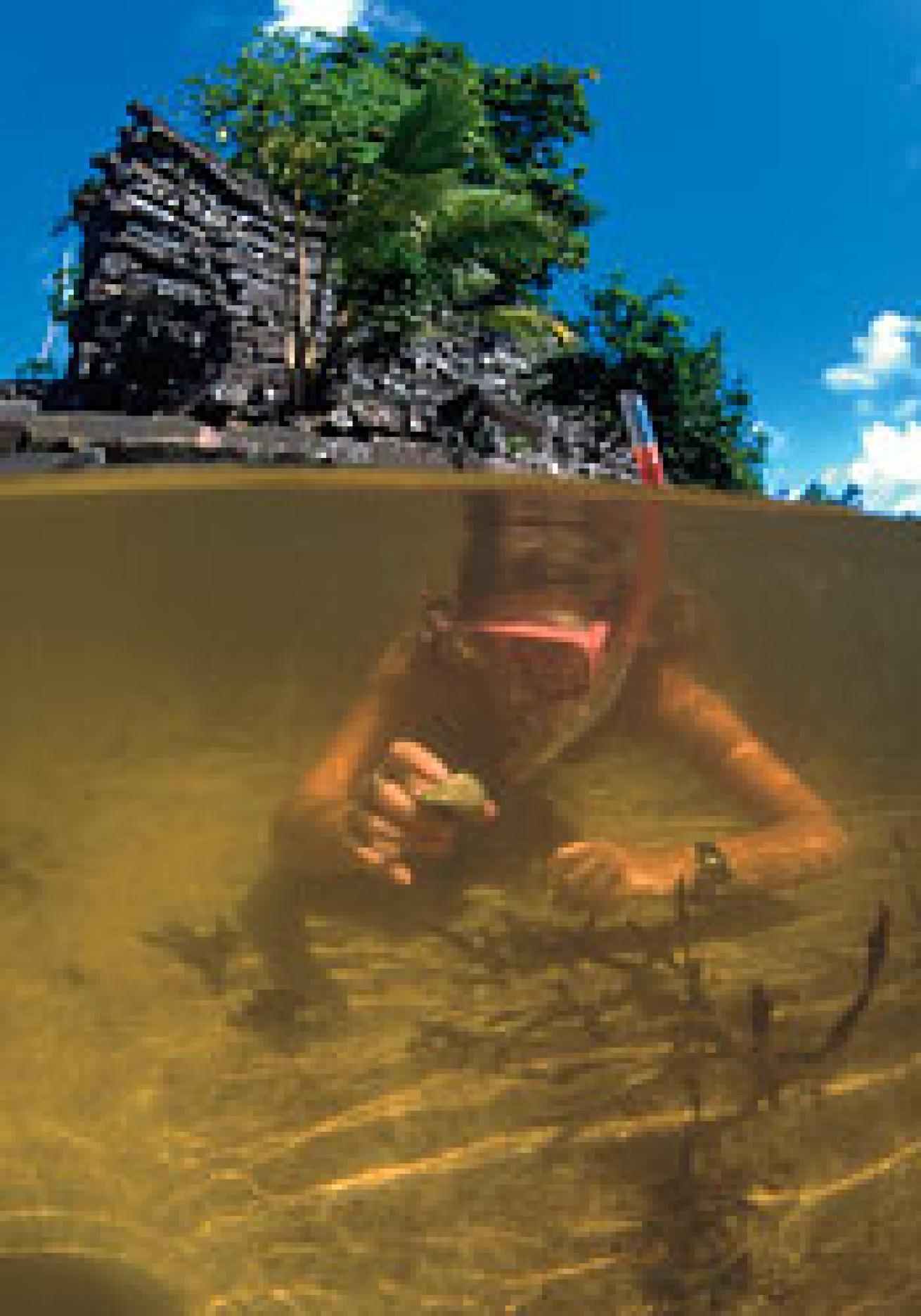
Island-Hopping
If you're thirsting for something beyond short air flights, all-inclusives and crowded dive boats, Micronesia offers a wealth of choices throughout its many islands. Here, a few spots to add to your wishlist.
GUAM: Apra Harbor
No matter how you plan your trip to Micronesia from the U.S., Guam is your eventual crossroads, serviced daily by Continental Airlines. Military divers--the U.S. Navy and Air Force maintain bases on the island--have a virtual monopoly on some terrific diving that travelers routinely overlook en route to outer-island adventures. Apra Harbor, the island's longtime western anchorage, is home to an array of sites: the Tokai Maru and SS Cormoran, Western Shoals, American Tanker and Gab Gab I and II. One of maritime history's real treasures, the Tokai Maru, sunk by a U.S. torpedo in 1943, went down on her starboard side. Her hull impacted the prop of the German freighter SS Cormoran, which was scuttled in the early days of World War I and left forgotten on the sandy plain below. An unforgettable underwater sight, Guam's double wreck dive is unlike any other in the world.
PALAU: Peleliu
In 1944, Peleliu, in the southern Palau islands, became the centerpiece of one of the most infamous battles in the lore of the Pacific theater. Fortified and unyielding, Japanese soldiers held fast in a network of underground caves on Peleliu's northern tip, while American bombers strafed them for days from a tarmac just one mile away. Today, the bunkers are open for visitation on land tours, while rusted tanks and aircraft lie in the ever-encroaching nearby jungle. Peleliu Cut, Corner, Expressway and Yellow Wall are thrilling drift dives along either side of the island's southern tip. Schools of bluefin trevally coast the intersecting currents, while gray reef and white-tip sharks patrol the outer edge. Expect to see schools of pyramid butterflyfish floating along a sheer wall rife with feathery black corals and sea whips.
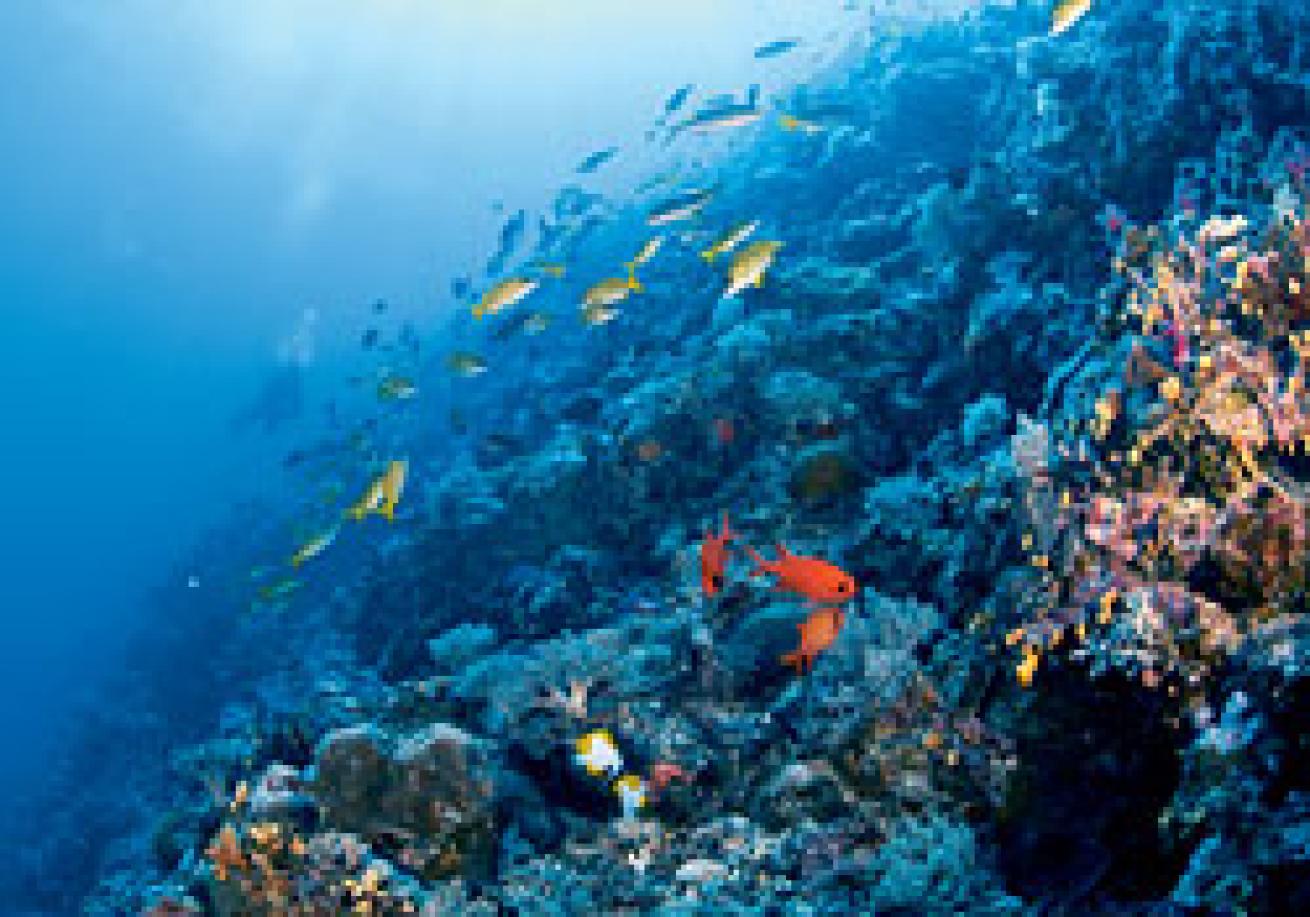
YAP: Ulithi
Before Bill Acker put Yap and the mantas of Mi'il Channel on the dive radar, he was a Peace Corps volunteer on Yap State's Ulithi atoll. A chain of 46 islets located 100 miles northeast of the main island of Yap, Ulithi was a critical staging area in the American war effort and is the final resting place for the 572-foot tanker USS Mississinewa. Loaded with fuel as she awaited orders, the Mississinewa and 63 of her crew were brought down by a manned Japanese kaiten torpedo. Few divers have seen her watery tomb since she was unearthed in 2001 by a California-based dive expedition. Beyond the two-tank trips to the Mississinewa and a graveyard of Landing Ship Transports (LSTs), the diving here remains largely undiscovered. At press time, the only hotel, Ulithi Dive Resort, was not running because of difficulties with air travel. Cargo ships, however, still make crossings every month.
CHUUK: Truk Lagoon
Operation Hailstone is a name all divers who venture to Truk Lagoon's infamous waters know by heart. It was here, on Feb. 17, 1944, that American aerial bombardment created a wreck mecca of more than 60 ships entombed at diveable depths in warm Pacific waters. Along with Palau, Chuuk is one of the perennial favorites of the entire Micronesia chain. While the diving is entirely within a protected anchorage, sites range from the snorkel-friendly to technical deco dives. Live-aboards routinely sell out "deep weeks" because of the technical opportunities that lie below the lagoon's surface. There is no such thing as a bad dive in Chuuk, but the must-dives include the San Francisco Maru, Fujikawa Maru and Nippo Maru.
Dive-In
Water Conditions: Water temps are in the low 80s (from 82 to 86 degrees) year-round. Visibility in Pohnpei and Kosrae varies considerably, depending on location.
Entry Documents: A passport is recommended for U.S. citizens, but a birth certificate and photo ID are accepted. Beginning December 2007, U.S. citizens need a passport. Each island airport has its own customs and immigration officers.
Currency: There's no need to change money in Micronesia, as the U.S. dollar is the official currency.
Tourism: Federated States of Micronesia Visitors Board, www.visit-fsm.org.
For More Information: For detailed information on Micronesia dive operators, comprehensive travel guides and recent trip reports submitted by users, go to TripFinder on our web site at http://scubadiving.com/tripfinder.
